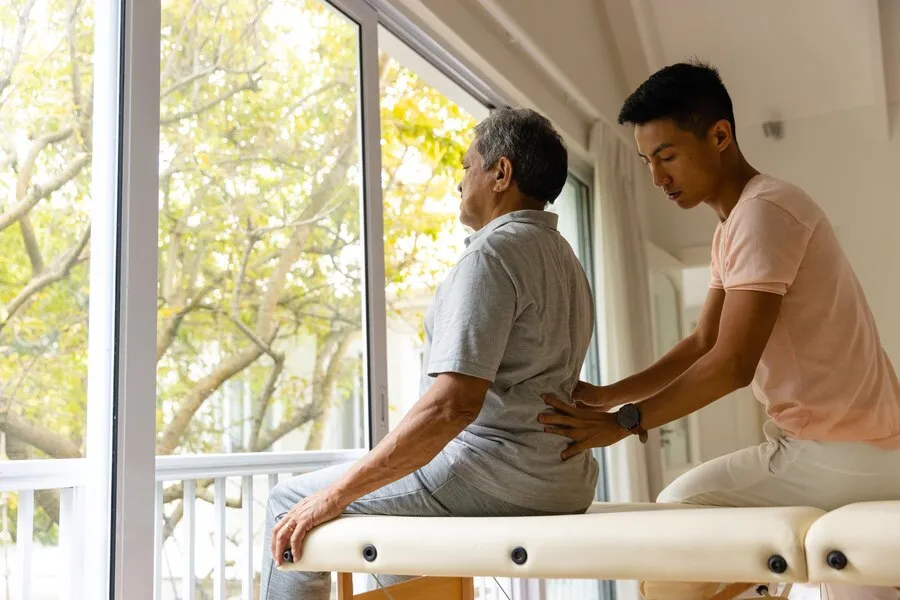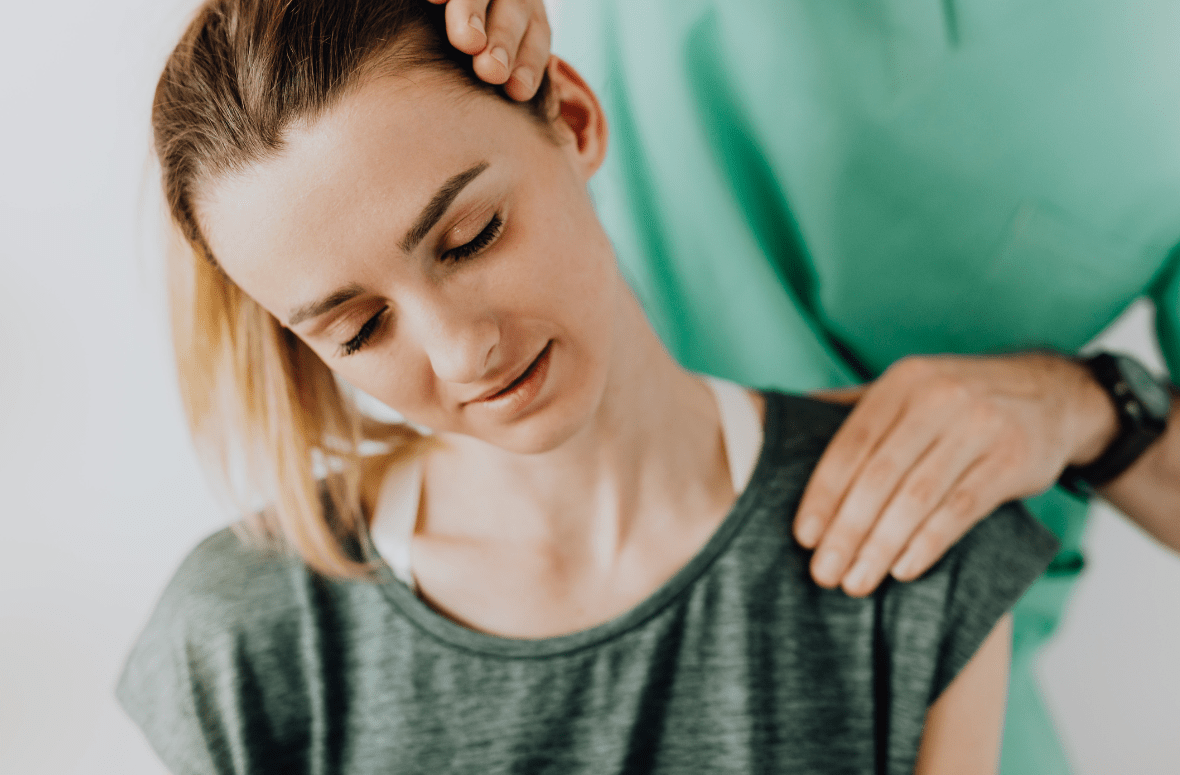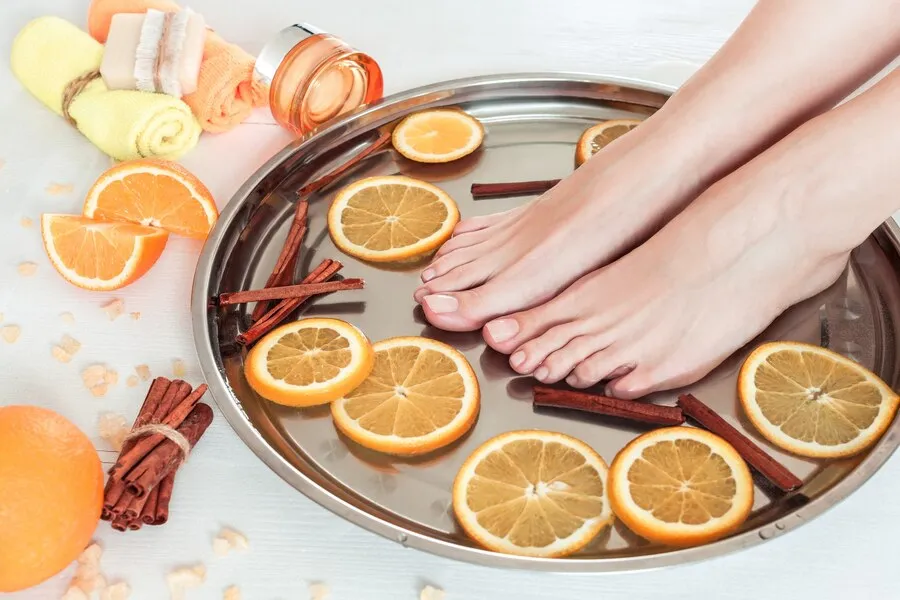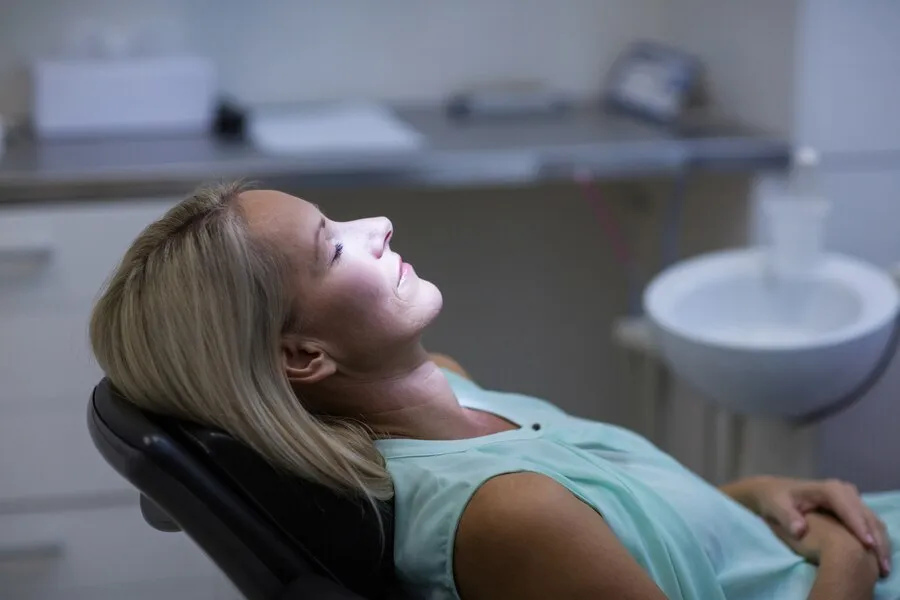Living with spinal stenosis presents unique challenges, especially when managing pain in everyday activities. Characterized by the narrowing of spaces within the spine, spinal stenosis often compresses nerves, leading to discomfort, numbness, and weakness. For those facing these symptoms, certain lifestyle adjustments, exercises, and treatments can make daily life easier.
In this guide, we’ll explore practical tips for reducing pain and improving mobility, allowing you to manage symptoms more effectively.
Understanding Spinal Stenosis Pain
Spinal stenosis pain varies depending on its location and severity. For some, the pain is mild, while others may experience severe, chronic discomfort. In the last stages of spinal stenosis, symptoms can intensify, leading to increased numbness, balance issues, and disabling pain.
However, there are steps you can take to ease the impact of this condition on daily life, improving comfort and mobility.
Ergonomic Adjustments in Your Living Space
Small adjustments to your living environment can make a significant difference. Reducing the strain on your back and neck can help alleviate some of the discomfort caused by spinal stenosis:
- Supportive Seating: Use chairs with good lumbar support to encourage proper posture. Adjustable or reclining chairs that allow you to sit at a comfortable angle can also relieve spinal pressure.
- Sleep Positioning: Adjust your sleep setup for better spinal alignment. If you sleep on your back, try placing a pillow under your knees to relieve lower back pressure. For side sleepers, putting a pillow between your knees keeps your spine in alignment.
- Accessible Storage: Keep frequently used items at waist level to avoid bending, reaching, or twisting, which can aggravate your back.
Exercises and Stretches for Pain Relief
Gentle exercise plays a crucial role in managing spinal stenosis pain. According to spinal health specialists at Uprite Medical, consistent stretching and low-impact movements help maintain spine flexibility, reduce stiffness, and strengthen supportive muscles. See below for specific exercises recommended for managing spinal stenosis effectively.
- Pelvic Tilts: Lying on your back with your knees bent, gently press your lower back into the floor to engage your core. This simple movement helps alleviate tension in the lower spine.
- Knee-to-Chest Stretch: While on your back, pull one knee toward your chest, hold, and release. This stretch reduces lower back pressure and increases flexibility.
- Walking or Swimming: These low-impact activities offer cardiovascular benefits without straining your back. Swimming, in particular, allows for full-body movement with minimal pressure on the spine.
Pain Management Techniques
Consistent pain management is key for spinal stenosis relief. A few effective methods include:
- Hot and Cold Therapy: Applying heat relaxes tight muscles and increases blood flow, while cold packs can reduce inflammation and numb pain. Experiment to find which works best for you.
- Mindfulness and Meditation: Mindfulness practices, such as controlled breathing and meditation, can help manage chronic pain’s mental toll, promoting relaxation and reducing perceived pain levels.
- Topical Creams and OTC Medications: Creams or gels with menthol, capsaicin, or lidocaine offer localized relief, while over-the-counter NSAIDs can help reduce pain and inflammation. Always consult your doctor before beginning any new pain management regimen.
Also Read: Creating a Supportive Environment for Aging with Grace
Lifestyle Modifications to Prevent Flare-Ups
Preventing pain flare-ups can help keep symptoms under control. Simple changes to your daily routine may prevent unnecessary strain:
- Maintain a Healthy Weight: Excess weight puts extra pressure on the spine, particularly the lower back. A balanced diet and regular low-impact exercise can help.
- Stay Active but Take Breaks: Avoid prolonged periods of sitting or standing. Take short breaks to stretch and move around, which helps prevent stiffness.
- Limit Heavy Lifting: If lifting is necessary, use your legs and keep the object close to your body to reduce back strain.
Alternative Therapies and Professional Treatments
Complementary therapies and professional treatments can offer additional relief:
- Physical Therapy: A physical therapist can create a customized exercise plan that builds strength and flexibility. They may also help you adjust your posture to reduce pain.
- Chiropractic Care and Acupuncture: Many people find relief through chiropractic adjustments or acupuncture, which may improve circulation and alleviate nerve pressure.
- Surgical Interventions: For some, surgery becomes necessary to relieve nerve pressure in the last stages of spinal stenosis. Consult with a specialist to understand the benefits and risks of surgical options.
Final Thoughts
Spinal stenosis can indeed present daily challenges, but with the right strategies, managing pain is possible. Making ergonomic adjustments, incorporating regular stretching, adopting pain management techniques, and seeking professional guidance can significantly enhance quality of life.
As symptoms progress, open discussions with healthcare providers can help customize a management plan to meet your evolving needs. By embracing lifestyle adjustments and preventive measures, you can find ways to live more comfortably and maintain greater mobility over time.




